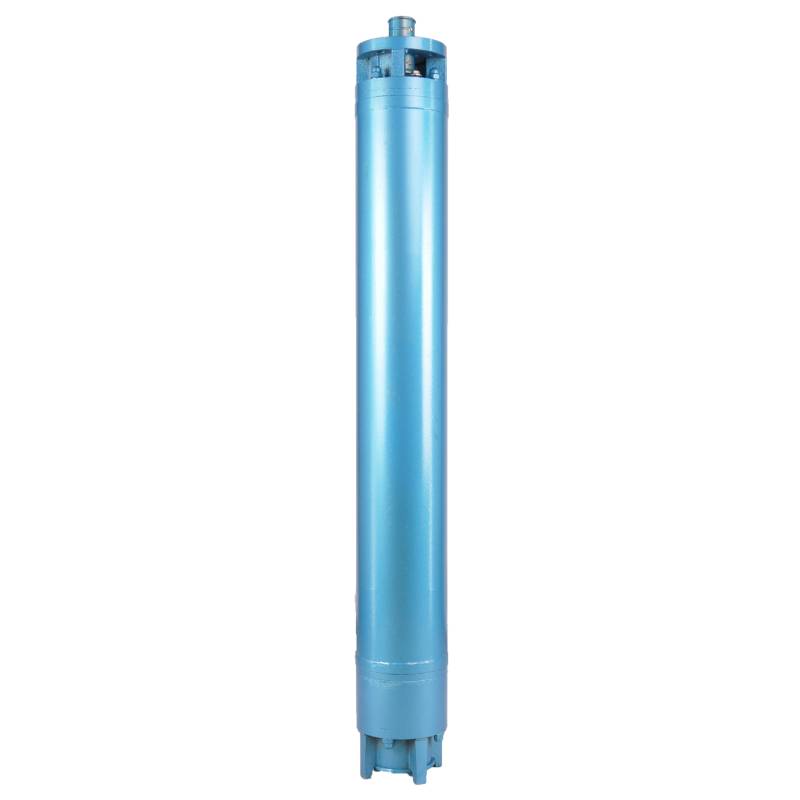Oct . 10, 2024 15:35 Back to list
deep well submersible pump installation diagram
Understanding the Installation of Deep Well Submersible Pumps A Comprehensive Guide
Deep well submersible pumps are critical components in groundwater extraction, particularly in agricultural, municipal, and industrial applications. Their ability to efficiently lift water from significant depths makes them indispensable in areas where groundwater levels are lower. This article outlines the installation process of deep well submersible pumps, emphasizing key considerations and presenting a simplified installation diagram for clarity.
Overview of Deep Well Submersible Pumps
A deep well submersible pump is a type of centrifugal pump that operates underwater. It consists of a series of stages (impellers and diffusers) housed within a cylindrical pump bowl. These pumps are designed to function fully submerged, maintaining efficiency while pushing water to the surface through a discharge pipe.
The primary advantages of submersible pumps include their ability to operate efficiently at significant depths, reduced risk of cavitation, and the minimization of surface equipment.
Installation Process
The installation of a deep well submersible pump can be broken down into several essential steps
1. Site Preparation Before installation begins, a thorough site assessment is crucial. This includes ensuring access to the well site and verifying the well's depth and diameter. Adequate space for ongoing maintenance and potential repairs is also necessary.
2. Selecting the Right Pump The choice of pump must match the specific requirements of the application, including the total dynamic head (TDH) required to lift water, flow rate, and the well's depth. Consulting manufacturer specifications and hydraulic charts is vital during this stage.
deep well submersible pump installation diagram

3. Pump Assembly The submersible pump usually arrives in multiple sections. These may include the motor, pump head, and discharge assembly. Follow the manufacturer’s guidelines to assemble these components carefully, ensuring a secure fit to prevent leaks.
4. Lowering the Pump Using appropriate lifting equipment, such as a crane or a hoist, the assembled pump must be lowered into the well casing. It is essential to maintain a vertical position to avoid damage. Before lowering, ensure that the power supply and control systems are prepared for connection.
5. Electrical Connections Connect the electrical supply to the pump. This involves running a cable from the power source to the motor, ensuring waterproof and secure connections to prevent electrical faults. Grounding the pump system is also critical to enhance safety.
6. Discharge Piping Once the pump is in place and electrical connections are established, the discharge piping can be installed. The discharge head should be mounted securely at the wellhead, allowing for efficient water flow from the pump to the distribution system above ground.
7. Testing the System After installation, it's crucial to test the entire system. Check for leaks in the discharge piping and ensure that the pump is functioning correctly. Monitor the pump's performance, checking flow rates and pressure to confirm they meet the required specifications.
Maintenance Considerations
Regular maintenance of deep well submersible pumps is essential for long-term performance. This includes routine inspections for wear and tear, monitoring electrical connections, and conducting periodic tests to ensure optimal operation.
Conclusion
The installation of deep well submersible pumps requires careful planning and execution. By following proper guidelines and understanding each step of the process—supported by an accurate installation diagram—users can effectively harness the benefits of these powerful pumps. This ensures sustainable groundwater extraction, contributing to agricultural productivity and water supply security. Ultimately, investing in quality installation and maintenance practices will lead to enhanced performance and longevity of deep well submersible pumps.
-
Submersible Water Pump: The Efficient 'Power Pioneer' of the Underwater World
NewsJul.01,2025
-
Submersible Pond Pump: The Hidden Guardian of Water Landscape Ecology
NewsJul.01,2025
-
Stainless Well Pump: A Reliable and Durable Pumping Main Force
NewsJul.01,2025
-
Stainless Steel Submersible Pump: An Efficient and Versatile Tool for Underwater Operations
NewsJul.01,2025
-
Deep Well Submersible Pump: An Efficient 'Sucker' of Groundwater Sources
NewsJul.01,2025
-
Deep Water Well Pump: An Efficient 'Sucker' of Groundwater Sources
NewsJul.01,2025
-
 Submersible Water Pump: The Efficient 'Power Pioneer' of the Underwater WorldIn the field of hydraulic equipment, the Submersible Water Pump has become the core equipment for underwater operations and water resource transportation due to its unique design and excellent performance.Detail
Submersible Water Pump: The Efficient 'Power Pioneer' of the Underwater WorldIn the field of hydraulic equipment, the Submersible Water Pump has become the core equipment for underwater operations and water resource transportation due to its unique design and excellent performance.Detail -
 Submersible Pond Pump: The Hidden Guardian of Water Landscape EcologyIn courtyard landscapes, ecological ponds, and even small-scale water conservancy projects, there is a silent yet indispensable equipment - the Submersible Pond Pump.Detail
Submersible Pond Pump: The Hidden Guardian of Water Landscape EcologyIn courtyard landscapes, ecological ponds, and even small-scale water conservancy projects, there is a silent yet indispensable equipment - the Submersible Pond Pump.Detail -
 Stainless Well Pump: A Reliable and Durable Pumping Main ForceIn the field of water resource transportation, Stainless Well Pump has become the core equipment for various pumping scenarios with its excellent performance and reliable quality.Detail
Stainless Well Pump: A Reliable and Durable Pumping Main ForceIn the field of water resource transportation, Stainless Well Pump has become the core equipment for various pumping scenarios with its excellent performance and reliable quality.Detail
